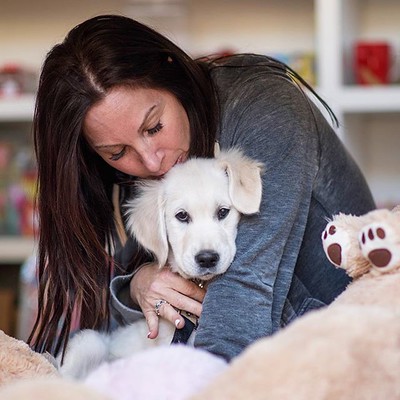Explore the most recent research that challenges accepted knowledge about the transmission of zoonotic illnesses by identifying people as the main source of infectious diseases in animals. Find out about the effects and risk-reduction tactics.
Concern about zoonotic diseases—diseases spread from animals to people—has grown on a worldwide scale, particularly in the wake of previous pandemics like COVID-19. Effective preventative and control approaches depend on an understanding of the dynamics underlying the cross-species transmission of these illnesses. A fascinating feature of zoonotic disease transmission is revealed by recent data, as published by CIDRAP: infectious illnesses in animals more often originate in humans rather than the other way around.
Revealing the Study Findings
In a study that was published in Nature Ecology & Evolution, scientists from University College London (UCL) examined the genomes of over 12 million viruses belonging to 32 different viral families. The results show an astonishing trend: twice as many viruses are transferred from people to domestic and wild animals as there are from animals to humans. This finding disproves conventional wisdom and emphasizes how important human activity is in the spread of zoonotic diseases.
Recognizing the Consequences
1. Affect on Health of Animals:
Transmission from humans to animals not only endangers animal populations but also causes issues with conservation. Human-caused viral infections may endanger biodiversity and injure animals.
2. Health Risk to Humans:
Beyond only wildlife, human-animal transmission has far-reaching effects. When viruses infect animals and then evolve, they may pose new health hazards to people and even cause pandemics and disease outbreaks.
Apprehensions Regarding Food Security:
There may be serious consequences for food security if viruses from people infect cattle. Large-scale culling operations may be necessary in response to disease outbreaks in cattle in order to stop epidemics, which would affect food supply chains and output.
Handling the Difficulties
1. Improved Monitoring
Vigilant monitoring initiatives are essential to track the dynamics of zoonotic disease transmission. Prompt reaction actions to contain any epidemics may be facilitated by early detection.
2. Partnership Across Sectors:
Health experts, veterinarians, ecologists, and legislators must work together transdisciplinary to address the intricate interactions between environmental, animal, and human variables.
3. Promoting One Health strategy: Effective zoonotic disease prevention and management depend on adopting a comprehensive “One Health” strategy that acknowledges the interdependence of human, animal, and environmental health.
Gazing Forward
It is clear that human behavior has a big impact on disease dynamics as we work our way through the complex web of zoonotic disease transmission. We can work toward a safer, healthier future for people and animals by raising awareness, putting in place reliable monitoring systems, and encouraging cooperation.
“Understanding How Diseases Spread: Human-to-Animal Transmission”



